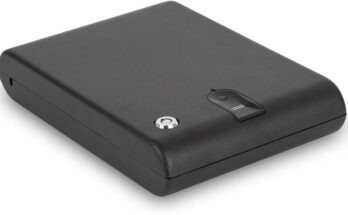Proper use of the vehicle can extend the life of the AGM Start-Stop battery to a certain extent. Of course, some bad car usage habits will also shorten battery life. For example, when the vehicle’s electric door is opened, the vehicle turns on but the vehicle does not start. At this time, use the electrical equipment of the car, listen to music, operate the DVR, charge the mobile phone, turn on the headlights of the car, and so on. This will affect battery life.
Since the car does not start and the generator is not running during this time, all the electricity stored in the battery is used during this time. If the electrical equipment is used for a long time, the battery stored in the battery will be used up. At this time, start the car when you think about it.
Also, if all the energy inside the AGM Start-Stop battery is used up, the battery cannot store energy again and must be replaced. The generator generates the electricity after the vehicle is started, so the electricity used at this time is the electricity generated by the generator, not the electricity stored in the battery, so the battery will not be spoiled. Therefore, I suggest not using the vehicle’s electrical equipment when the vehicle is not running.
AGM Start Stop Battery Lifespan and Cycles
However, some manufacturers measure battery life not only in years, but more often in cycles. They explain that you can’t guarantee that the number of years is the best indicator of longer battery life because there are more important factors to consider, such as temperature, weather, and usage. Therefore, it is more correct to rely on the battery life, and not on the declared number of years or both. Because they are interrelated, for example, the battery is claimed to be usable for 25 years, but you will see in the product description that if you drain it for about five years, it can only use for the specified ratio of the year. So if you don’t follow the recommended cycle, don’t expect the battery to last around 25 years.
A cycle is the procedure of fully charging and discharging the battery. When a battery’s claimed life is 1000 cycles, it only means that the battery can withstand up to 1000 discharges and recharges before reaching its lifespan. This is the easiest method to describe it. Note that the cycle does not always reach zero percent relative to a dead battery, and its recharge percentage is again 100%.
Not all batteries have the same cycle. Cycles can vary from one battery type to another, but typically the depth of discharge (DOD) level for all batteries can be 10%, 20%, and 50%. Thus, the cycle of a battery plays a vital role in determining its actual life.
Also note that it is not recommended to discharge the battery to 100% as this will shorten the life expectancy of a deep cycle battery.
The life of a deep cycle battery depends on how it is used, maintained and charged. Sometimes other factors need to be considered, such as depth of discharge (DOD), heat resistance, shock resistance, cycling rate, etc.
However, the rich liquid lead acid deep cycle battery and AGM deep cycle life is 4 to 8 years, while the gel deep cycle lives can only last 2 to 5 years.
Choosing the right battery is very difficult and confusing because everyone claims they have quality materials, the best features and functions, and are very suitable for your energy storage. Since investing in deep cycle batteries is very expensive, every factor must be considered to ensure that you get the best battery that you need for your work and that can last longer.



